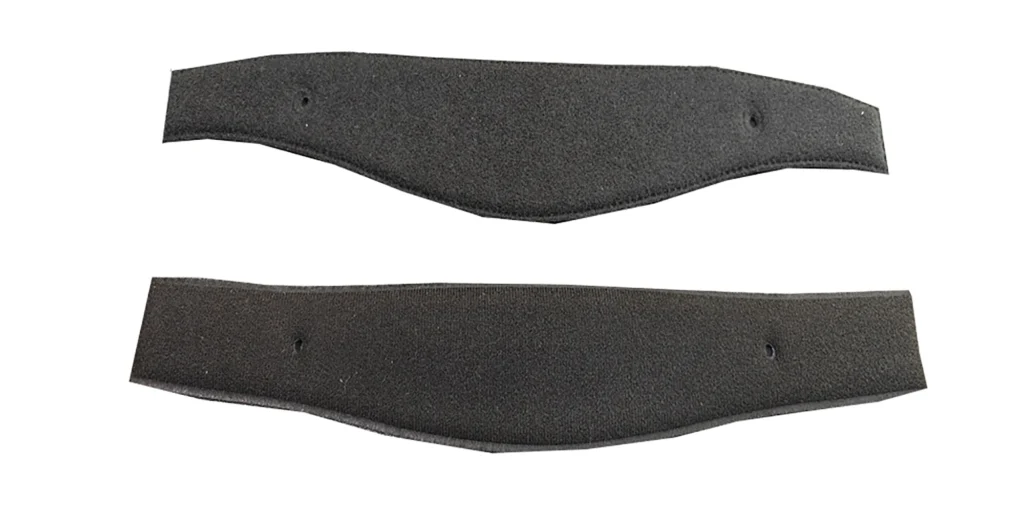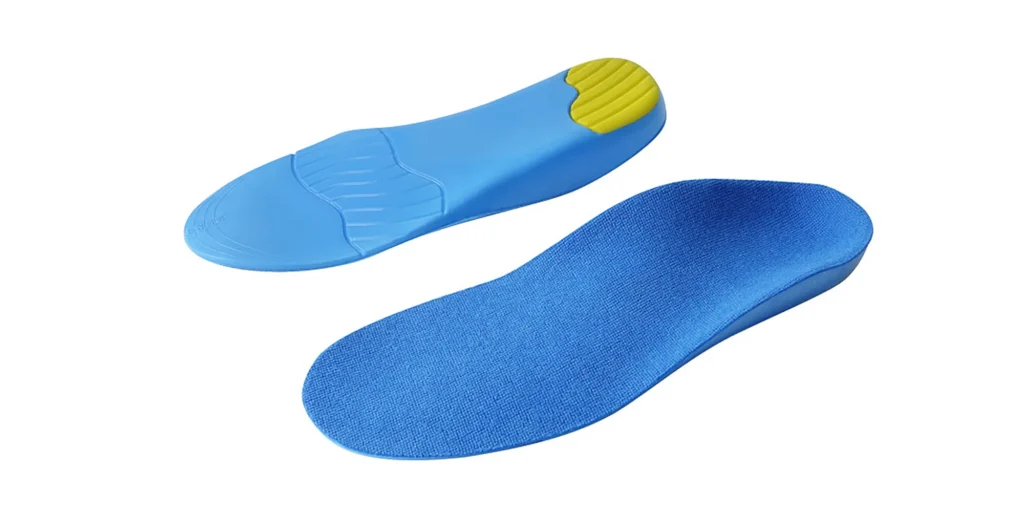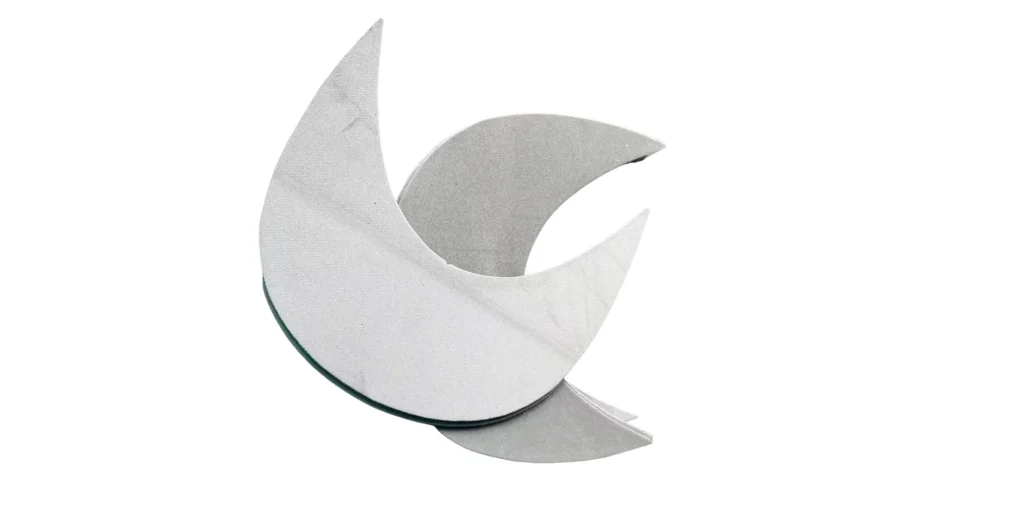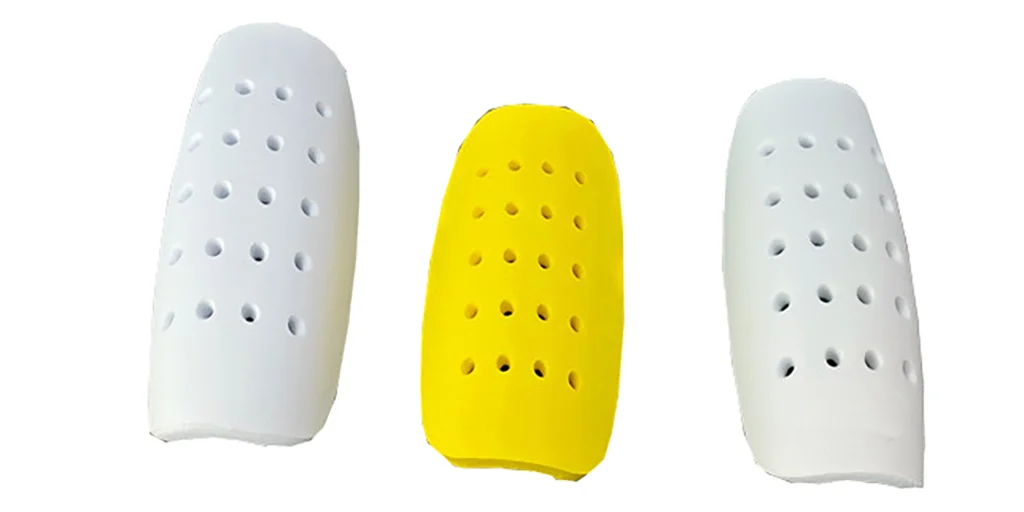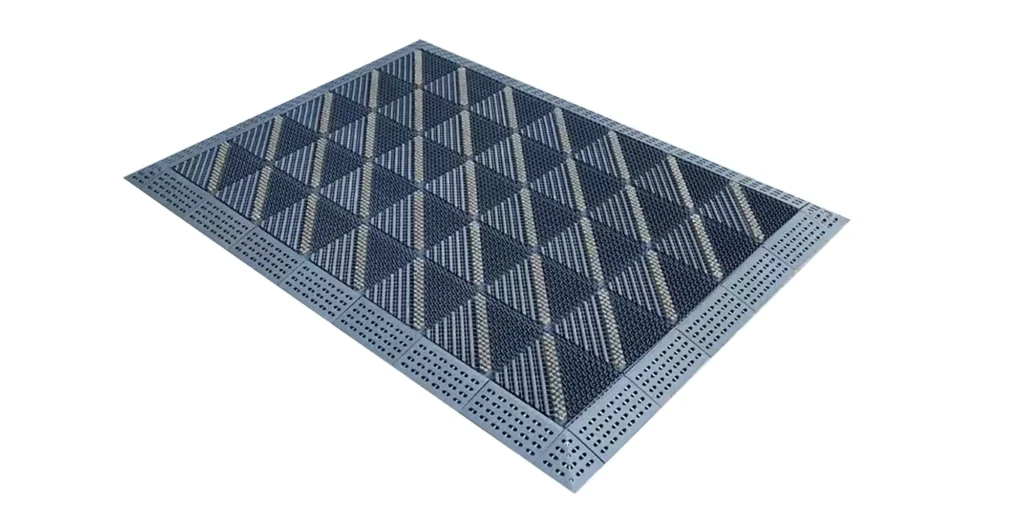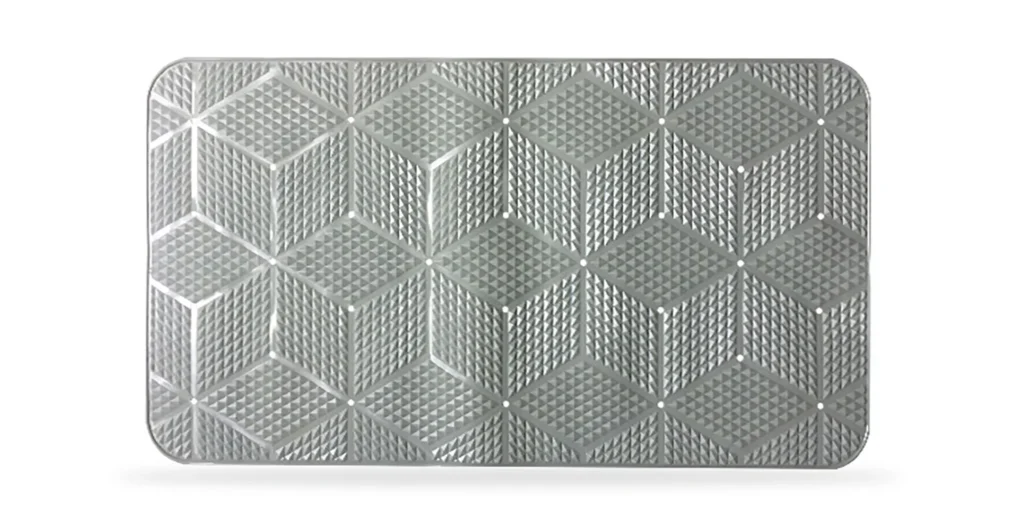The Smart Home Revolution: How EVA Foam Meets the Flexible Demands of Wearable Technology
Abstract As the global wave of smart home technology surges, wearable devices have emerged as pivotal interfaces connecting users to intelligent ecosystems. Ethylene-vinyl acetate (EVA) foam, distinguished by its exceptional flexibility, lightweight properties, and moldability, has emerged as an ideal material to address the pliability requirements of wearable tech. This paper explores EVA foam’s technological […]
